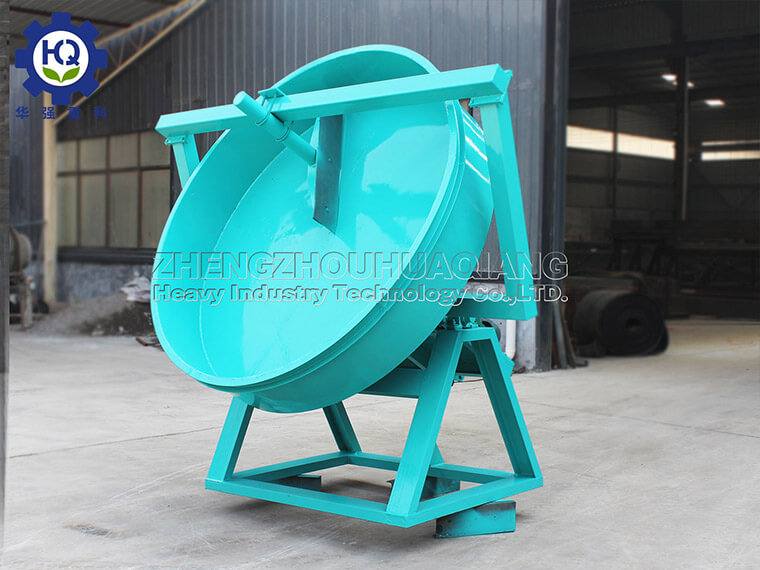Common problems in using fertilizer granulators in organic fertilizer processing plants
1. Which granulation equipment is best for my material and process goals?
Within the granulation category, several different types of equipment exist. The equipment can be used alone or in combination to achieve the desired end product properties. The most commonly used equipment for granulation includes: Common organic fertilizer granulators include: npk fertilizer granulator, rotary drum granulator, disc granulator machine, new organic fertilizer granulator, new two-in-one organic fertilizer Fertilizer granulator, flat die granulator, ring die granulator, all kinds of granulators have their own production characteristics, and the fertilizer granulator machine price vary.
2. Do I need dry granules?
In almost all cases, the granules need to be dried. This is usually done in a rotary dryer, which offers the added benefit of further rounding and polishing the particles due to the tumbling action that occurs in the dryer.
Drying serves several purposes, primarily to solidify the granules into their final hardened form. Without drying, the pellets will be malleable and unable to withstand storage and transportation. They are also more likely to clump.
Drying also helps prevent mold and bacterial growth in the pellets after processing. Additionally, it reduces shipping costs by reducing the amount of water carried.
3. How many workers do I need to operate the pelletizing plant?
Generally, a pelletizing plant requires an operator and a supervisor. This may vary depending on the equipment setup; while one operator can oversee multiple drum granulators, one operator can only oversee a few disc granulators. Operations using multiple pelletizers often benefit from having more than one operator. Also, depending on how much time an operator has to spend watching the pucks, or if raw material infeed and product outfeed are transferred using a front loader, additional labor may help.